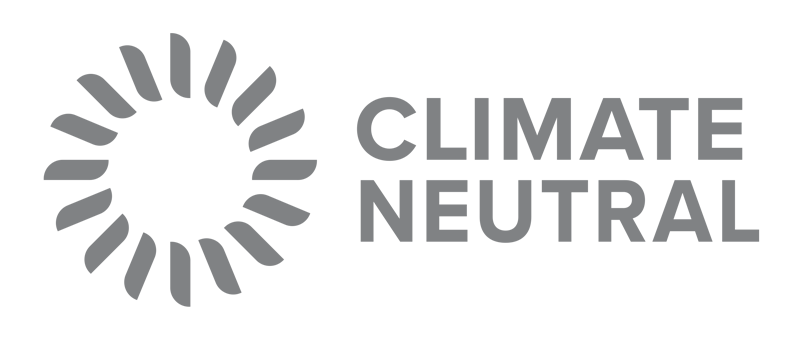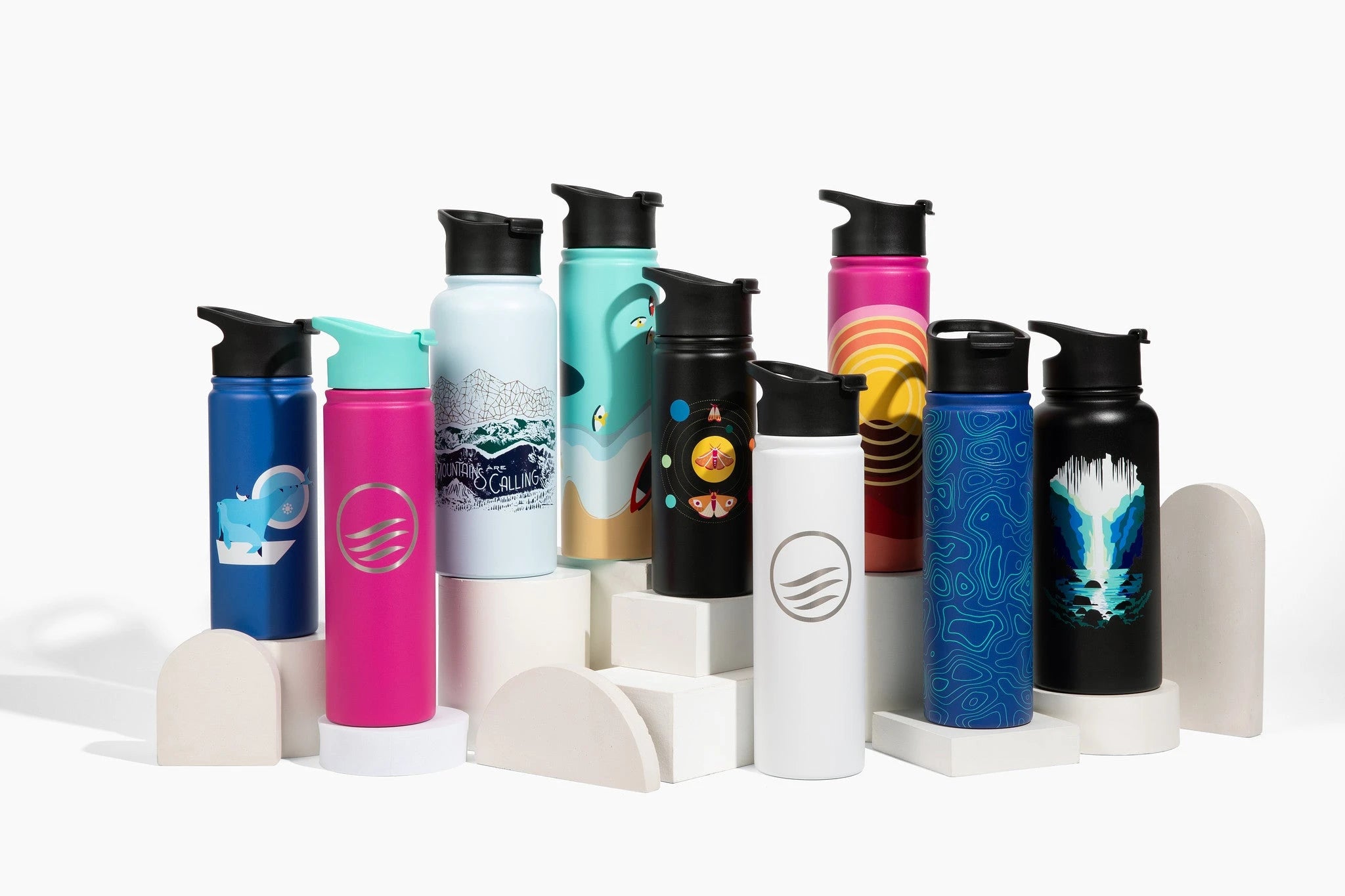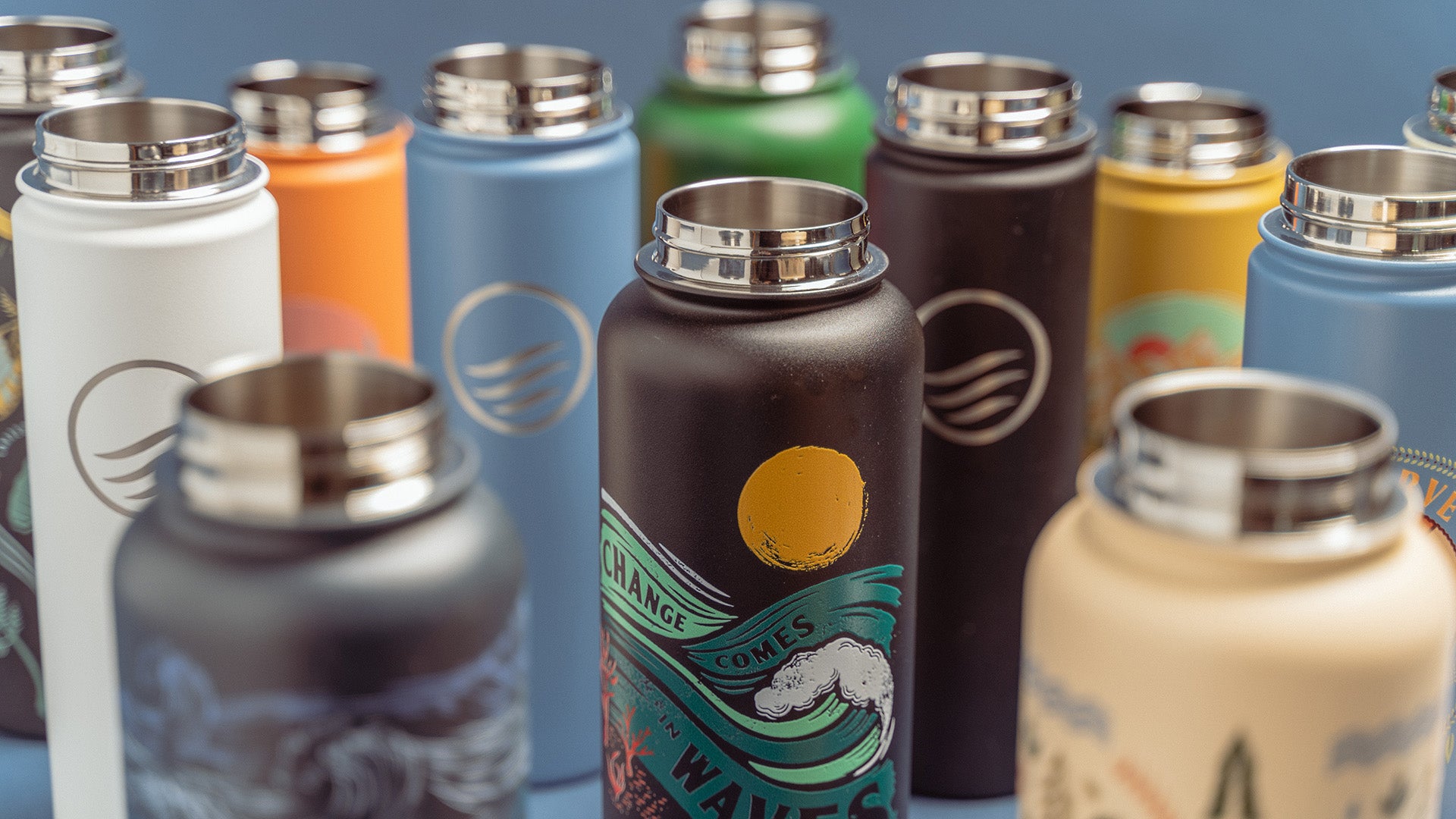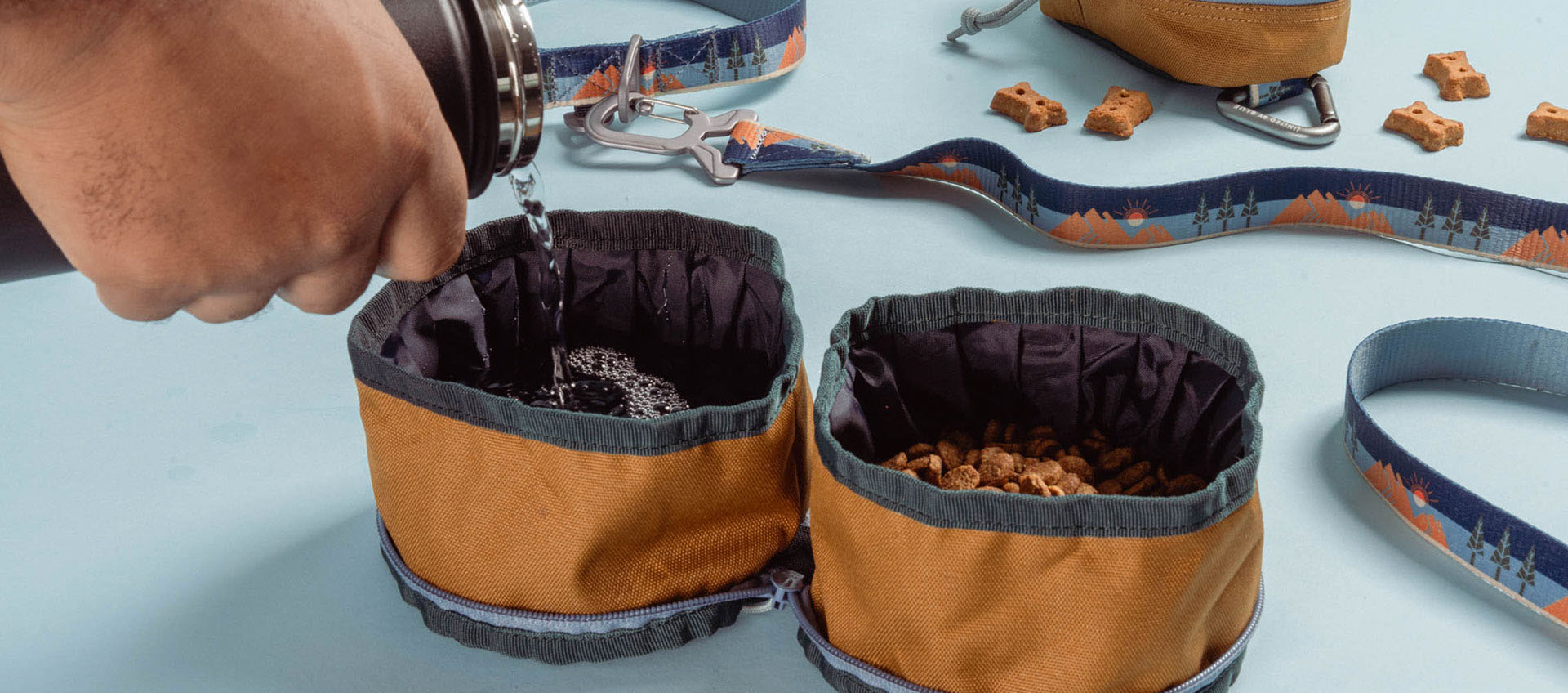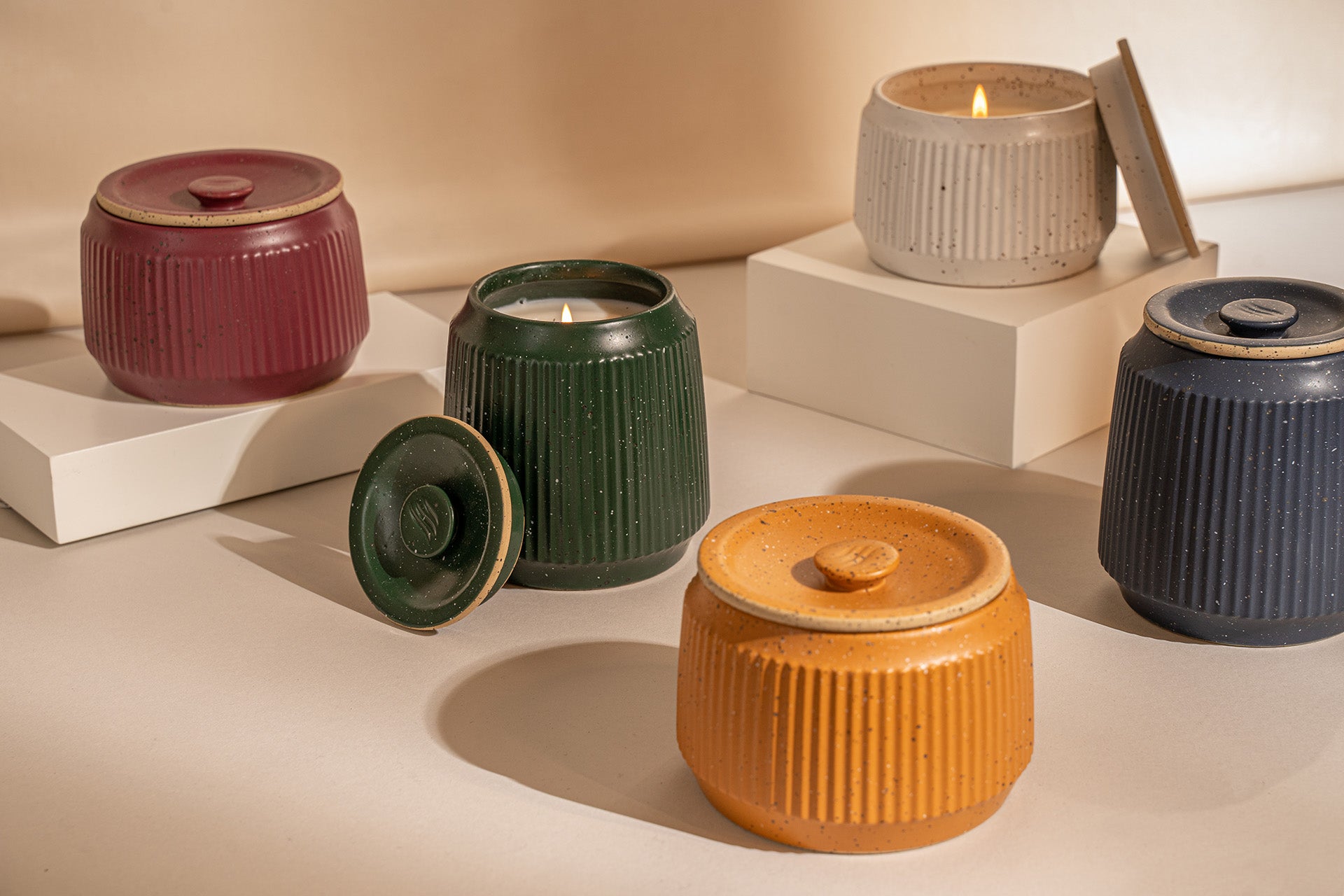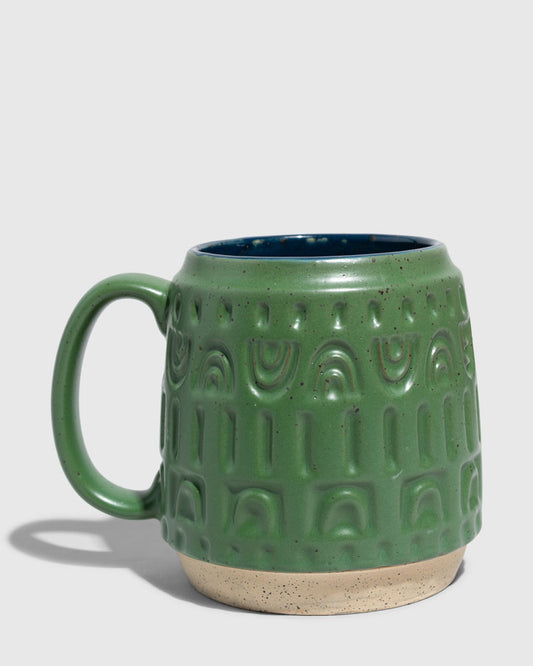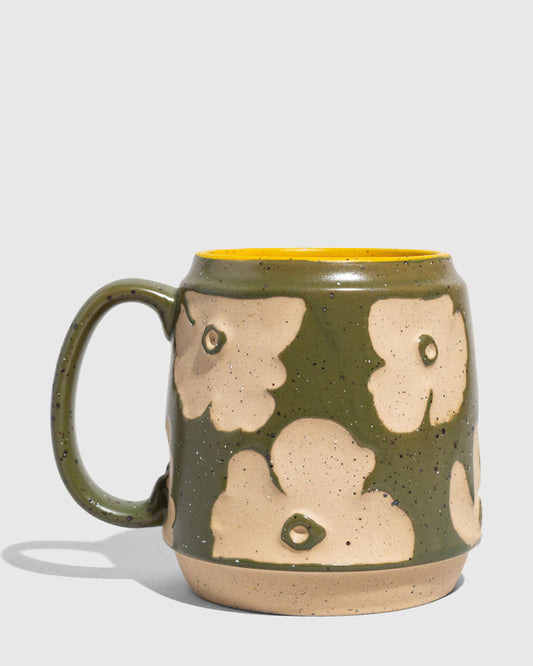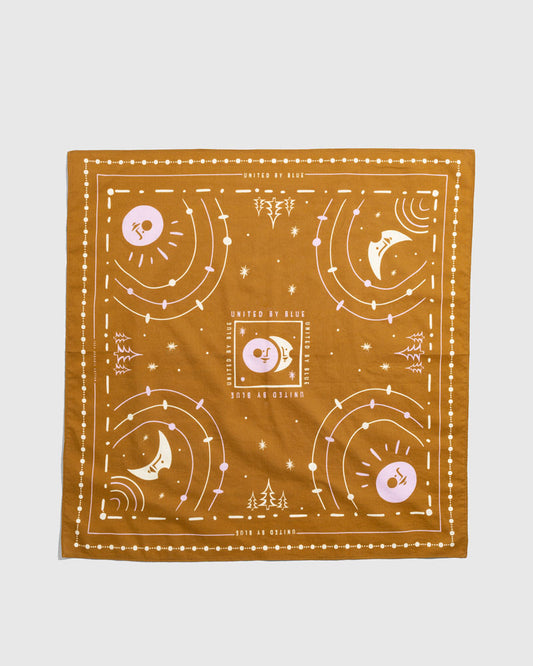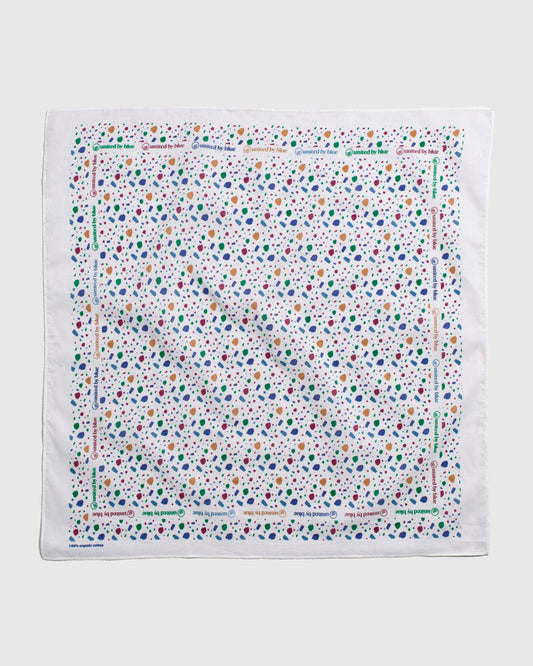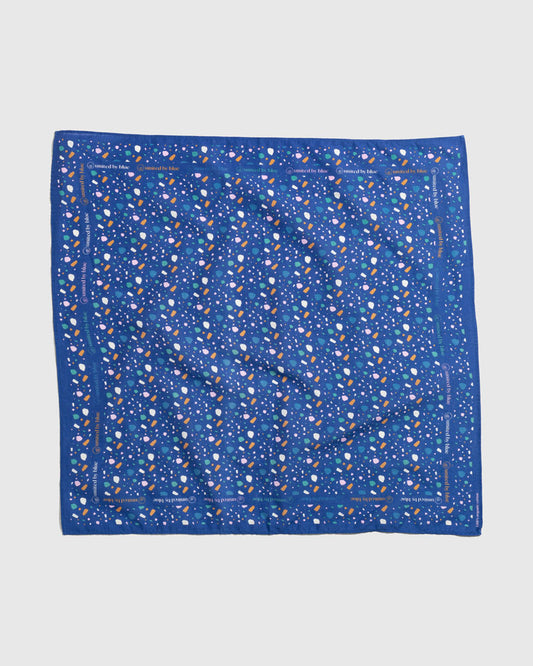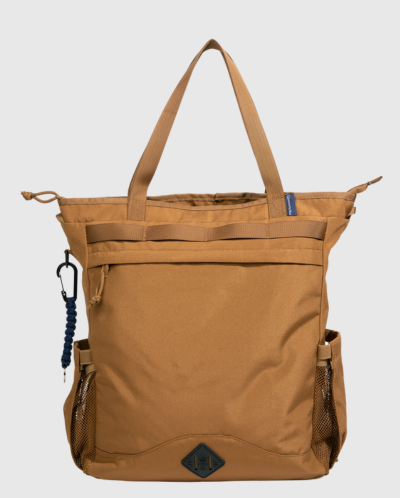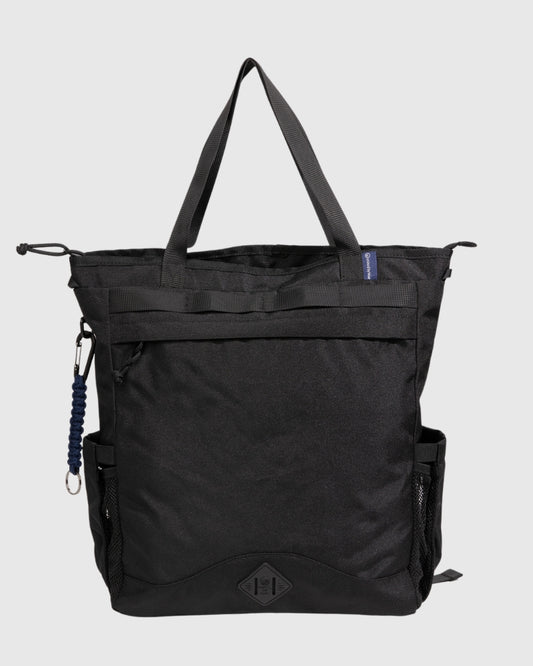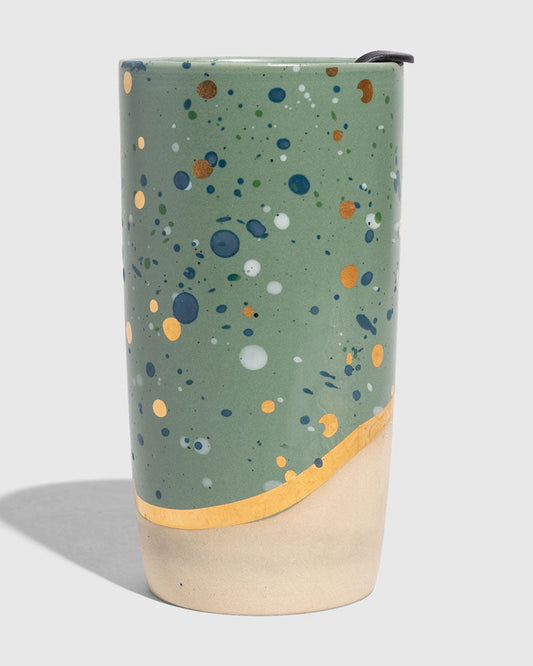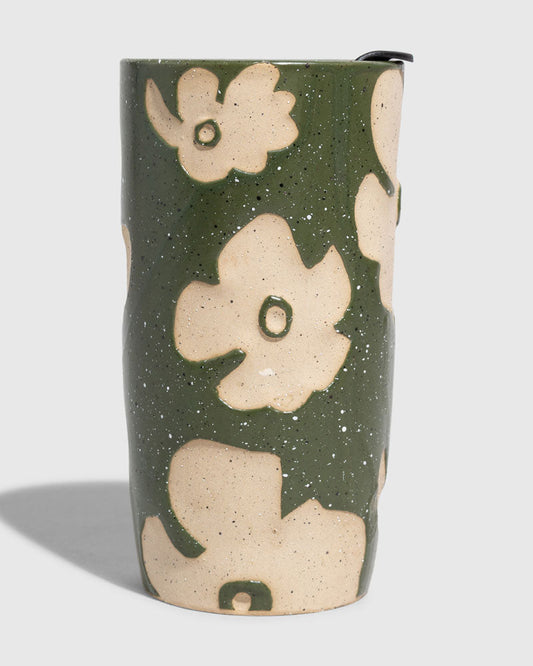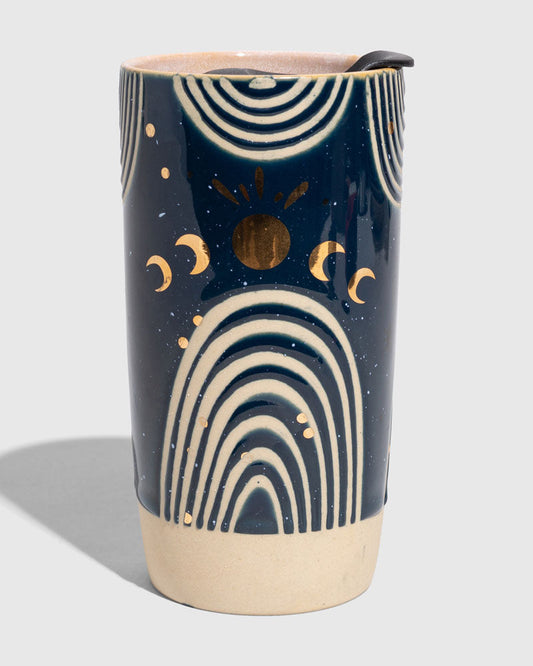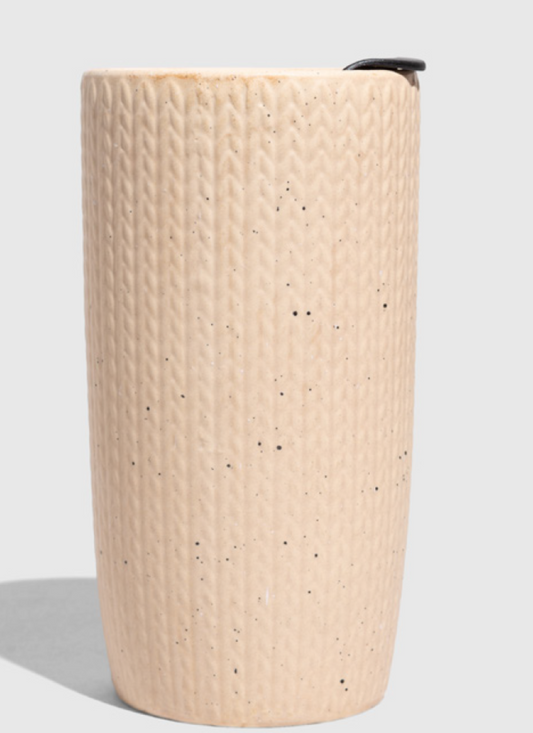To fulfill our one-for-one pledge, we introduced Community Cleanups in 2010, then High Yield Cleanups in 2015. Now, we’re diving into daily cleanups of highly polluted international waters.

 Cleanups have always been directly linked to our business model (we ran our first cleanup the same week we sold our first t-shirt in 2010), but they’ve taken on different forms since our inception. In the early years, our own staff, families, and local volunteers could handle the workload of cleaning up enough pounds of trash each year to match the number of items sold the previous year. But as the years went on and our community grew, we needed to scale our cleanups program to keep up with our one-for-one mission.
Cleanups have always been directly linked to our business model (we ran our first cleanup the same week we sold our first t-shirt in 2010), but they’ve taken on different forms since our inception. In the early years, our own staff, families, and local volunteers could handle the workload of cleaning up enough pounds of trash each year to match the number of items sold the previous year. But as the years went on and our community grew, we needed to scale our cleanups program to keep up with our one-for-one mission. When small river and beach Community Cleanups with UBB employees and volunteers didn’t quite cut it anymore, we had to strategize new ways to meet our yearly weight goals. Five years ago, we launched a High Yield Cleanups program to target areas with heavy trash pollution that require professional equipment, staff, and technology. This program has allowed us to clean up abandoned islands, illegal dumpsites, garbage-trapping wetlands, and more to remove hundreds of thousands of pounds of ocean-bound trash. While our Community Cleanups are a cornerstone of empowering individual action and High Yield Cleanups do all the heavy lifting, our weight goals are still increasing beyond what we’re able to currently tackle with our team size through these programs. In 2019, you purchased 1,091,086 products, which means we needed to figure out how to remove over 1 million pounds of ocean-bound trash in 2020 (a very good problem to have). After extensive research into various options to expand our waterway cleanups, we’re proud to announce our very first International Cleanup Operation went live in October 2020.
When small river and beach Community Cleanups with UBB employees and volunteers didn’t quite cut it anymore, we had to strategize new ways to meet our yearly weight goals. Five years ago, we launched a High Yield Cleanups program to target areas with heavy trash pollution that require professional equipment, staff, and technology. This program has allowed us to clean up abandoned islands, illegal dumpsites, garbage-trapping wetlands, and more to remove hundreds of thousands of pounds of ocean-bound trash. While our Community Cleanups are a cornerstone of empowering individual action and High Yield Cleanups do all the heavy lifting, our weight goals are still increasing beyond what we’re able to currently tackle with our team size through these programs. In 2019, you purchased 1,091,086 products, which means we needed to figure out how to remove over 1 million pounds of ocean-bound trash in 2020 (a very good problem to have). After extensive research into various options to expand our waterway cleanups, we’re proud to announce our very first International Cleanup Operation went live in October 2020.
 Our first foray into international waters takes place in the Philippines. The Philippines has been ranked as the third-largest polluter in the world by the Ellen Macarthur Foundation, largely due to its huge manufacturing capacity. This leads to large amounts of ocean-bound trash in the Philippines’ rivers and coastlines. A silver lining to the high pollution levels: much of it is very recyclable. By intercepting and recycling the trash before it enters the ocean, it can have a second life as a multitude of products instead of entangling sea life. We’re currently focused on cleanup up Manila, in waterways like Manila Bay, the Pasig River, and more.
Our first foray into international waters takes place in the Philippines. The Philippines has been ranked as the third-largest polluter in the world by the Ellen Macarthur Foundation, largely due to its huge manufacturing capacity. This leads to large amounts of ocean-bound trash in the Philippines’ rivers and coastlines. A silver lining to the high pollution levels: much of it is very recyclable. By intercepting and recycling the trash before it enters the ocean, it can have a second life as a multitude of products instead of entangling sea life. We’re currently focused on cleanup up Manila, in waterways like Manila Bay, the Pasig River, and more.  While our Community Cleanups are big events and our High Yield Cleanups are one-time projects, our International Cleanups will be consistent, Monday-Friday trash collection on coastlines, riverbanks, and in-water in the Philippines. Regular cleanup allows our trash collectors to stay on top of the daily trash that washes in from the ocean or out to the coast from the river system. Our International Cleanup partner in the Philippines uses an innovative system to both tackle marine debris pollution and alleviate poverty in the communities where we’re active. Our trash collectors earn above a living wage and are provided with social services. Throughout the three months we were actively cleaning the Philippines in 2020, we were able to remove 30,031 pounds of trash. We’re planning to remove a minimum of 250,000 pounds through International Cleanups in 2021.
While our Community Cleanups are big events and our High Yield Cleanups are one-time projects, our International Cleanups will be consistent, Monday-Friday trash collection on coastlines, riverbanks, and in-water in the Philippines. Regular cleanup allows our trash collectors to stay on top of the daily trash that washes in from the ocean or out to the coast from the river system. Our International Cleanup partner in the Philippines uses an innovative system to both tackle marine debris pollution and alleviate poverty in the communities where we’re active. Our trash collectors earn above a living wage and are provided with social services. Throughout the three months we were actively cleaning the Philippines in 2020, we were able to remove 30,031 pounds of trash. We’re planning to remove a minimum of 250,000 pounds through International Cleanups in 2021. 
 We plan to launch multiple International Cleanup Programs in 2021, including staying in the Philippines and adding programs in Indonesia and possibly the Caribbean. All of our International Cleanups will place a high emphasis on trash recyclability, the social welfare of our collectors, and high-integrity partnerships.
We plan to launch multiple International Cleanup Programs in 2021, including staying in the Philippines and adding programs in Indonesia and possibly the Caribbean. All of our International Cleanups will place a high emphasis on trash recyclability, the social welfare of our collectors, and high-integrity partnerships.
